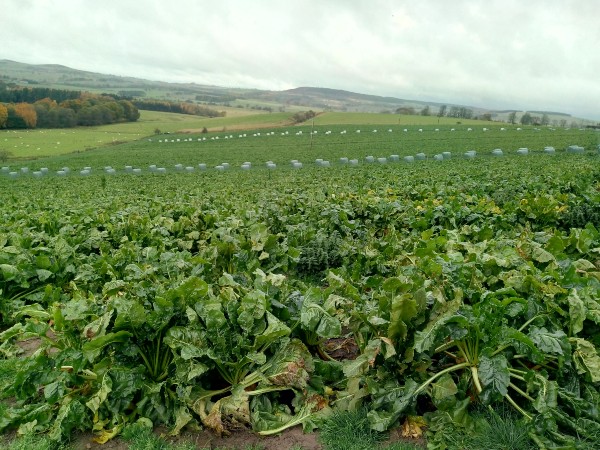Planning Bales For Forage Crops
15 July 2021To avoid trafficking on the fields in wet conditions, many place the silage or hay bales out in advance of winter and unwrap as required.
A. Estimate requirements
Method:
- Animal weight x allocation (% of bodyweight, see table 1 below)/100 x 0.3 = daily requirement in dry matter (DM) for silage/hay
- Estimate wastage around 30% therefore multiply by 1.3
- Estimate or weigh bales
- Get dry matter % through silage/hay analysis
- Multiply bale weight by dry matter %
- Divide by daily requirement plus wastage (step 2 above)
| Stock Type | Allocation (% of body weight) |
|---|---|
| Ewes | 2 |
| Cows | 2 |
| Growing lambs | 4 |
| Steers/heifers | 3 |
For example:
30% of a 70kg ewe’s diet equates to 0.55kg dry matter/day including wastage (30%), therefore one 650 kg bale at 30% dry matter will meet the needs of 354 ewes for a day.
30% of a 350kg steer’s diet equates to 4kg dry matter/day including wastage (30%), therefore one 650 kg bale at 30% dry matter will meet the needs of 48 steers for a day.
30% of a 750kg cow’s diet equates to 5.8kg dry matter/day including wastage (30%), therefore one 650 kg bale at 30% dry matter will meet the needs of 33 cows for a day.
B. Measure the daily fence movements required, see FAS Technical note: Forage crops for livestock. This is often 1.5-2m per day.
C. Place the bales at the edge of the field to align with the daily breaks when ground conditions are favourable. If using a ring feeder, have one or two in the field to be placed over the top of the bale after it is unwrapped. Avoid placing bales where poaching damage is most likely, e.g. at bottom of slopes.
Additional tip: utilise the forage analysis information. It is often better to place the higher quality bales towards the end of the field to support increasing needs of some stock (e.g. pregnant ewes) or to account for any potential decrease in crop quality (e.g. loss of leaf on bulbs).
Poppy Frater, poppy.frater@sac.co.uk
Sign up to the FAS newsletter
Receive updates on news, events and publications from Scotland’s Farm Advisory Service

